From my recent readings. They’re all different!
Anjali Sachdeva, All the Names They Used for God (Siegel & Grau, 2018), 257 pages.

This is a collection of short stories and the first book by Ms. Sachdeva. I heard Sachdeva read from her book last summer when I was at the Iowa Summer Writing Festival. She held a reading at the Prairie Lights bookstore. I was impressed with her writing and that she’s from Pittsburgh! I purchased a copy of her book, read a couple of stories and put it down. Almost a year later, I picked the book back up and reread some of the stories along with the others. Each story is a surprise..
The stories are all unique with a bizarre twist. Some are darker, such as Pleiades,” which tells the story of a scientific couple who, in the interest of science, gives birth to seven twin sisters. Then slowly, they all die off. In “Killer of Kings,” she tells the story of an aged John Milton as he writes Paradise Lost. While this is the only historical character in the stories, even this story has a twist with an angel sent as a muse and scribe for the blind poet. Some stories seem more normal, like “Logging Lake”, where couple set out hiking in Glacier National Park. But she disappears, leaving everything behind. Did she run off with the wolves? “Robert Greenman and the Mermaid” tells the parallel story of a mermaid who is drawn to a shark while she lures fishermen. The details of the commercial fishing shows Sachdeva’s research into the stories. Another story, “Manus,” is a dystopian world controlled by aliens. The story that provides the title of the book, “All the Names for God,” recreates the lives of the girls in Nigeria who were kidnapped by Islamic terrorist and, because of their special powers, are able to exact revenge. While all the stories have twists, they’re all different, but a delight to read and leaves the reader with something to ponder.
###
John Vigor, Things I Wish I’d Known Before I Started Sailing, (Dobbs Ferry, NY: Sheridan House, 2005), 187 pages.

Maybe I should have read this book ten years ago. Instead, when I started sailing, I picked up a copy of John Rousmaniere, The Annapolis Book of Seamanship, which is very serious and covers a little of everything. Since then I picked up a few other books that deal with sail shape and racing techniques, which I can only take in small chunks at a time (or I can read them and quickly fall asleep). But this book was fun to read. It’s sort of a dictionary to random things about sailing. Each entry, which appear alphabetically (there are approximately 200 of them), covers different topics. By drawing from a variety of entries, one learns incredible things. Like the chance of a boat being hit by lightning is 6 in 1,000 (according to the insurance industry). But you’ll probably not be hurt, but you might if you’re hugging the mast or holding on to a wire shroud. But it’s more likely that lightning will blow out your electronics. However, occasionally it’s been known to blow a hole through the boat in which case you’re really screwed because a 2 inch hole a foot underwater will allow 4000 gallons of water an hour to seep into your boat (and what self-respecting lightning bolt only blows a two inch hole into anything). But 4000 gallons of water an hour is about a 1000 gallons more water than a good bilge pump can remove, so you’ll be playing a losing game. But that doesn’t matter because with your electronics fried, your bilge pump won’t work. This led me to look at his recommendations for life jackets (or PFDs, and there’s no entry for what is essentially an important piece of equipment when you have a two inch hole in the hull). There is, however, an entry for life rafts. The author basically says they’re worthless. Despite this, there’s some good information in this book and it’s conveyed in a humorous manner.
Just in case you wanted to know, there are also some formulas that are obviously provided as a way to make celestial navigation seem easy. To determine how much water will be flooding into a boat, one only has to take the diameter (in inches) times the square root of the height the water must rise to equal the outside water level (or how far below the water level the hole is). By the time you’ve done this calculation, you’re probably no longer breathing air. Another helpful formula predicts the resistance of a given boat to capsizing. All you have to do is to divide your boats displacement (in pounds) by 64, find the cube root of that number. Take the beam (in feet and tenths of a foot) and divided it by the cube root above. If your answer is less than 2 you boat is relatively safe from capsizing. It would be advisable to do these calculations before you sail into a rogue wave, and regardless of your boat’s number on the capsizing scale, you might want to put on your PFD while the wave is still on the horizon. Remember the Poseidon Adventure!
Of course, don’t think this is a technical book. The author also discusses luck and suggest that the most valuable instrument in sailing around the world is a depth finder. And there is ideas for a “boat renaming” ceremony to placate the ocean gods.
###
Alice Outwater, Wild at Heart: America’s Turbulent Relationship with Nature, from Exploitation to Redemption, read by Joyce Bean (2019), 9 hours 31 minutes

Outwater has written a history of America’s relationship with nature, and how we have moved from seeing nature something to be conquered and tamed, to something with value to be preserved. She begins by discussing how several Native American tribes approached nature. The Hopi saw themselves as guardians of nature. The Abenaki sought balance with nature. And the Chinook gave thanks. I was beginning to think she was going back to an idea that we just had to go back to how the tribes lived, but that was not her purpose. Instead, she sat out the beginning of our thoughts about the environment. Then she moves on to discuss the idea of the “commons.” What isn’t owned by an individual, but is seen as owned by everyone and about to be exploited. At one time, land was seen in this way, until it was “claimed” and “used.” The air and the water, until more recently, was seen this way, which led to people dumping all kinds of stuff into his “common” space. But over time, we realized how it is all interrelated.
I found it interesting how the pollution of our rivers began as an attempt to “clean up” urban areas as we tried to get sewage out of the streets. Treatment centers came about relatively recently and have resulted in much cleaner rivers. The same is true for air.
I had a sense that she was attempting to make a political wake-up call for Republicans. From Teddy Roosevelt, to Nixon, Reagan, and the first Bush, she lifted up achievements in how they have worked toward or approved attempts to save wilderness, to clean water and air, to reduce acid rain and save the ozone layer, all which have been somewhat successful. But the danger of rolling back such gains for short term profits, as she has more recently seen, is problematic. Instead of being a doom-day prophet, she calls for rational approaches to the use of resources. She sees the removal of dams, the attempts to rebuild species that have been nearly wiped out by hunting or habitat loss, as positive signs that we can move quickly to address climate change.
This is a good book to understand how our views of nature has shifted over the years. I listened to the Audible version of this book.
 Not Guilty by C. Lee McKenzie
Not Guilty by C. Lee McKenzie 
 Beverly Willett, Disassembly Required: A Memoir of Midlife Resurrection (New York: Post Hill Press, 2019), 269 pages.
Beverly Willett, Disassembly Required: A Memoir of Midlife Resurrection (New York: Post Hill Press, 2019), 269 pages. Ben Sasse, Them: Why We Hate Each Other and How to Heal (New York: St. Martin’s Press, 2018), 272 pages including notes and an index.
Ben Sasse, Them: Why We Hate Each Other and How to Heal (New York: St. Martin’s Press, 2018), 272 pages including notes and an index. This photo was taken at Delegal Creek last night as the sunset. Hurricane Dorian is several hundred miles south at this point. Today, as I write this, we have had a few bands of rain with wind, but nothing too bad. The storm should brush by us late this afternoon or in the evening, but will be staying off shore. Prayers to those in the Bahamas who suffered so greatly, and for those in the Carolinas who may experience more of this storm’s fury.
This photo was taken at Delegal Creek last night as the sunset. Hurricane Dorian is several hundred miles south at this point. Today, as I write this, we have had a few bands of rain with wind, but nothing too bad. The storm should brush by us late this afternoon or in the evening, but will be staying off shore. Prayers to those in the Bahamas who suffered so greatly, and for those in the Carolinas who may experience more of this storm’s fury.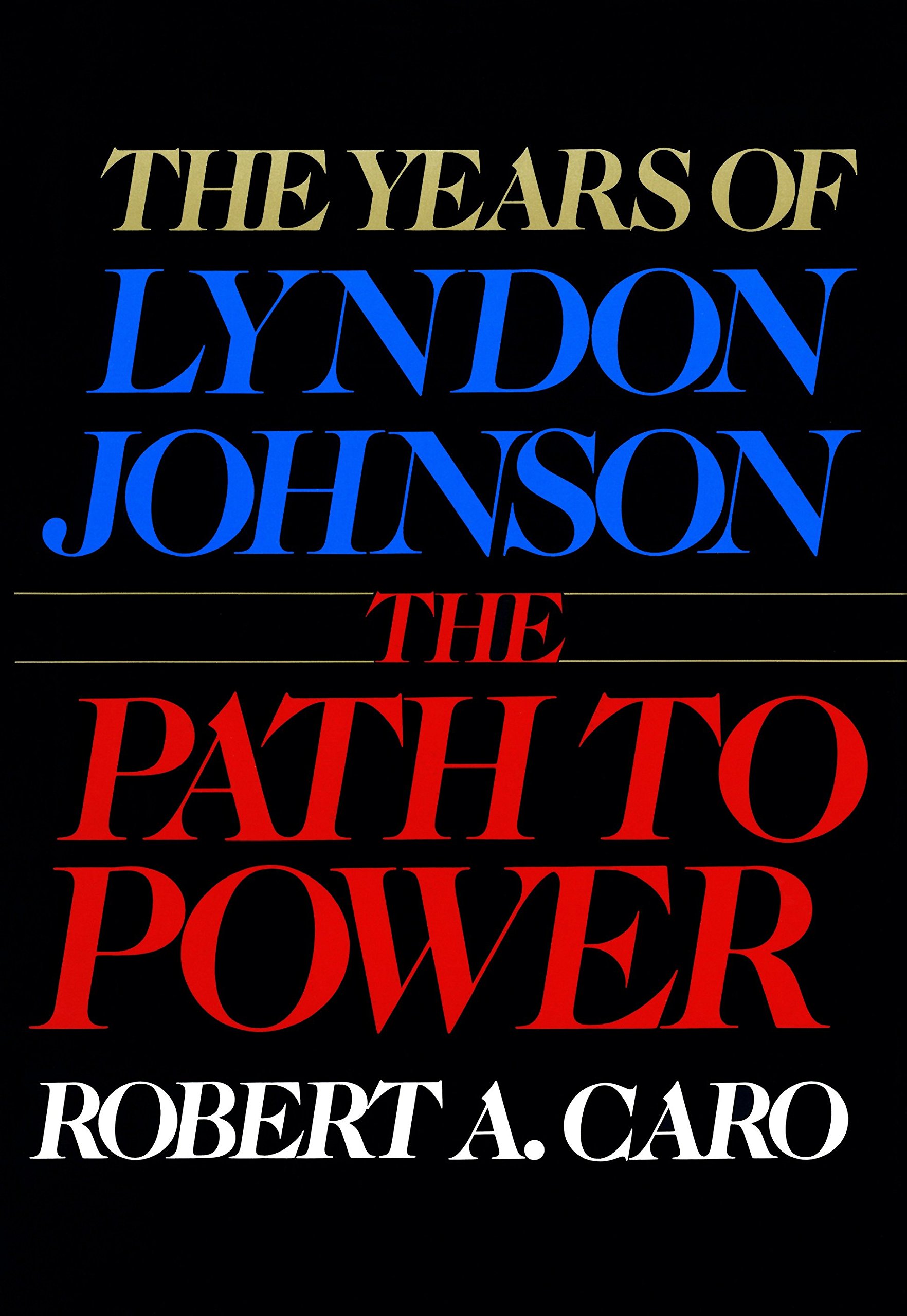
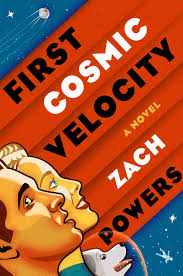 Zach Powers, First Cosmic Velocity (New York: Putman, 2019), 340 pages.
Zach Powers, First Cosmic Velocity (New York: Putman, 2019), 340 pages.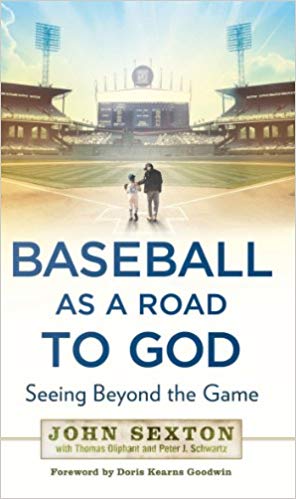
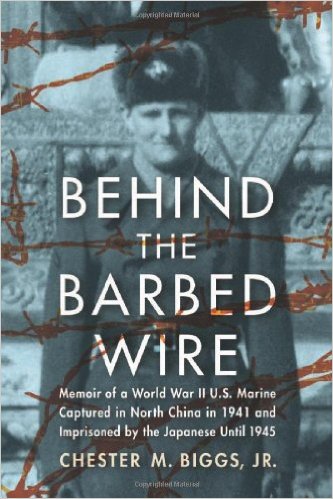
 I picked up this book after learning that Joy Harjo has been appointed poet laureate for the United States. It’s exciting because she’s the first Native American to serve in this position. In addition to being a poet, Harjo is also a jazz musician. Her poetry blends music with longing for a home that seems evasive. In different poems, the reader is taken an “Indian school” in Oklahoma, to the hunting grounds of the Inuit people in northern Alaska, and through airports and other locals in between. She alternates between more free-form poetry to “prose poems.” Many of the poems draw the reader into the experience of modern Native Americans, who, having lost a homeland, are not sure where they belong. We also are reminded of the realities within Native communities of alcoholism and suicide. Yet, a thread of hope weaves through these poems, as we (as well as all creation) are encouraged to be blessing to others. I find her poems accessible and easy to understand. I’m sure I will reread many of them as I continue to ponder their messages. .
I picked up this book after learning that Joy Harjo has been appointed poet laureate for the United States. It’s exciting because she’s the first Native American to serve in this position. In addition to being a poet, Harjo is also a jazz musician. Her poetry blends music with longing for a home that seems evasive. In different poems, the reader is taken an “Indian school” in Oklahoma, to the hunting grounds of the Inuit people in northern Alaska, and through airports and other locals in between. She alternates between more free-form poetry to “prose poems.” Many of the poems draw the reader into the experience of modern Native Americans, who, having lost a homeland, are not sure where they belong. We also are reminded of the realities within Native communities of alcoholism and suicide. Yet, a thread of hope weaves through these poems, as we (as well as all creation) are encouraged to be blessing to others. I find her poems accessible and easy to understand. I’m sure I will reread many of them as I continue to ponder their messages. .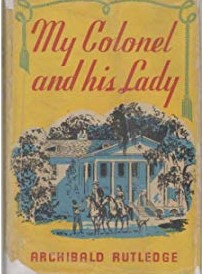 In this short book, the former poet laureate of South Carolina, Archibald Rutledge, writes a memoir of his parents. His father had been the youngest colonel in the Confederate army. His father joined the war in North Carolina (the family kept a mountain home to escape to in the summer). He was wounded three times, involved in many engagements and served as best man for General Pickett, when he married. Archibald was the youngest child of the family (for which, his father often called him Benjamin, for Jacob’s last son). He was born in 1883, nearly twenty years after his father’s military experience had ended. Rutledge was in awe of his father, whom he saw as a kind, gentle, and loving man. His father shared with him the love of all things wild-hunting and fishing and just walking in the woods. He also shared his love of the creator whom he saw revealed in nature. His mother, the colonel’s lady, was also a kind but strong woman. As her husband was often away, she had to take control as she did directing the successful efforts at fighting a fire in the great house (when water had to be drawn from the river by buckets) and shooting to scare away intruders who were looking to steal from their rice barn. She also impressed the young Rutledge with her love of books and her care of others (she often served as a medical resource in a community that often had to go without physicians).
In this short book, the former poet laureate of South Carolina, Archibald Rutledge, writes a memoir of his parents. His father had been the youngest colonel in the Confederate army. His father joined the war in North Carolina (the family kept a mountain home to escape to in the summer). He was wounded three times, involved in many engagements and served as best man for General Pickett, when he married. Archibald was the youngest child of the family (for which, his father often called him Benjamin, for Jacob’s last son). He was born in 1883, nearly twenty years after his father’s military experience had ended. Rutledge was in awe of his father, whom he saw as a kind, gentle, and loving man. His father shared with him the love of all things wild-hunting and fishing and just walking in the woods. He also shared his love of the creator whom he saw revealed in nature. His mother, the colonel’s lady, was also a kind but strong woman. As her husband was often away, she had to take control as she did directing the successful efforts at fighting a fire in the great house (when water had to be drawn from the river by buckets) and shooting to scare away intruders who were looking to steal from their rice barn. She also impressed the young Rutledge with her love of books and her care of others (she often served as a medical resource in a community that often had to go without physicians).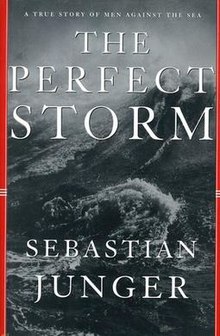



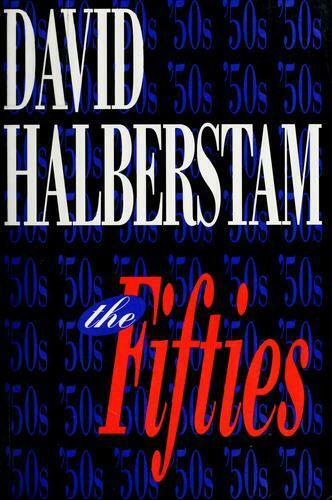 David Halberstam, The Fifties (1993, New York: Ballantine Books, 1994), 800 pages including index’s and notes, plus 32 pages of black and white prints.
David Halberstam, The Fifties (1993, New York: Ballantine Books, 1994), 800 pages including index’s and notes, plus 32 pages of black and white prints.